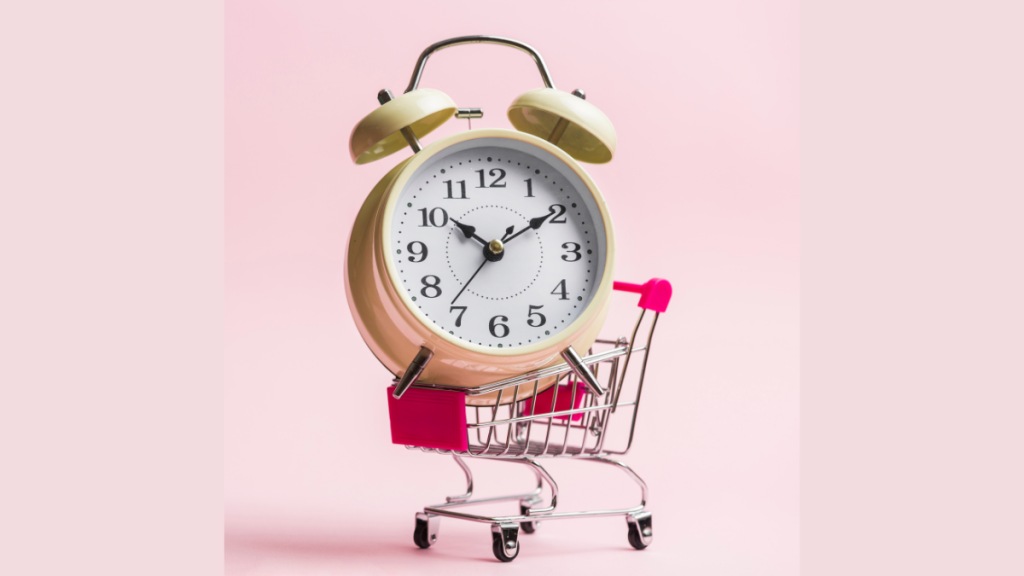Gone are the days when deliveries used to take two weeks to get delivered. From groceries and knick knacks, quick commerce platforms have come a long way and are delivering everything from fresh fruits and vegetables, stationary, cigarettes, to jewellery, perfumes and even print outs.It seems like quick commerce platforms have emerged as a game changer in India as it redefines the way consumers experience convenience and speed. The key players in this sector are Swiggy Instamart, Blinkit, Zepto, Dunzo and BigBasket’s BB Now claiming to deliver products in under 10 minutes. But, how quick is quick commerce?
According to a report by Redseer, the quick commerce model is capable of serving 20 million households which constitutes a seven percent share of the Indian market.
India and its love for instant delivery
The quick commerce market in India is expected to generate a revenue of $3,349 million in 2024, reveals Statista. Furthermore, it states that the number of users in the quick commerce market by 2029 will be 60.6 million with a user penetration rate standing at 1.8% in 2024.
At its core, quick commerce is designed to deliver goods to consumers in a shorter time frame than that of the traditional e-commerce platforms. Why would one wants to wait for three to five business days when he or she can get the product delivered in below 15 minutes? The immediacy paves a path for increasing demand of this rapid delivery model. This rapid delivery model is facilitated by a combination of various factors such as advanced technology, optimised logistics and local inventory management.
One of the key variables driving the functioning of quick commerce is the use of dark stores. Dark stores are local warehouses which are not open to the public and located after every few kilometres in order to ensure quick delivery to all locations. These stores are stocked with high demand items which are then packed efficiently and shipped when a customer places an order on a quick commerce platform. This setup is essential for meeting the ambitious delivery times promised by q-commerce platforms. As of 2024, Swiggy Instamart had the highest number of dark stores across India. On the other hand, Zepto had over 300 dark stores in the same year, reveals a report by Statista.
Sophisticated algorithms power these platforms, optimising inventory management, demand forecasting, and delivery routes. Real-time tracking and route optimization tools equip delivery personnel with the smartest paths, slashing delivery times and ensuring swift order fulfilment.
Safety concerns
With the thrill of the speed comes the danger of the speed too. Although quick commerce platforms offer fast delivery and tend to the convenience of the customer, the dark underbelly of this convenience is the safety of the delivery partners. Over the years, many incidents of delivery workers being grievously injured or having lost their life to road accidents have made news. While media organisations, police and public raised concerns over the rising incidents over convenience of others, quick commerce platforms came forward to reiterate their company’s take. Zepto claimed that their company model only lets the delivery partners travel in a three kilometre radius whereas Zomato maintained their stance that delivery partners are not put under excessive pressure to deliver on time.
While everyone participates in the race to be the fastest, will a blind eye be turned towards the safety of delivery executives?

